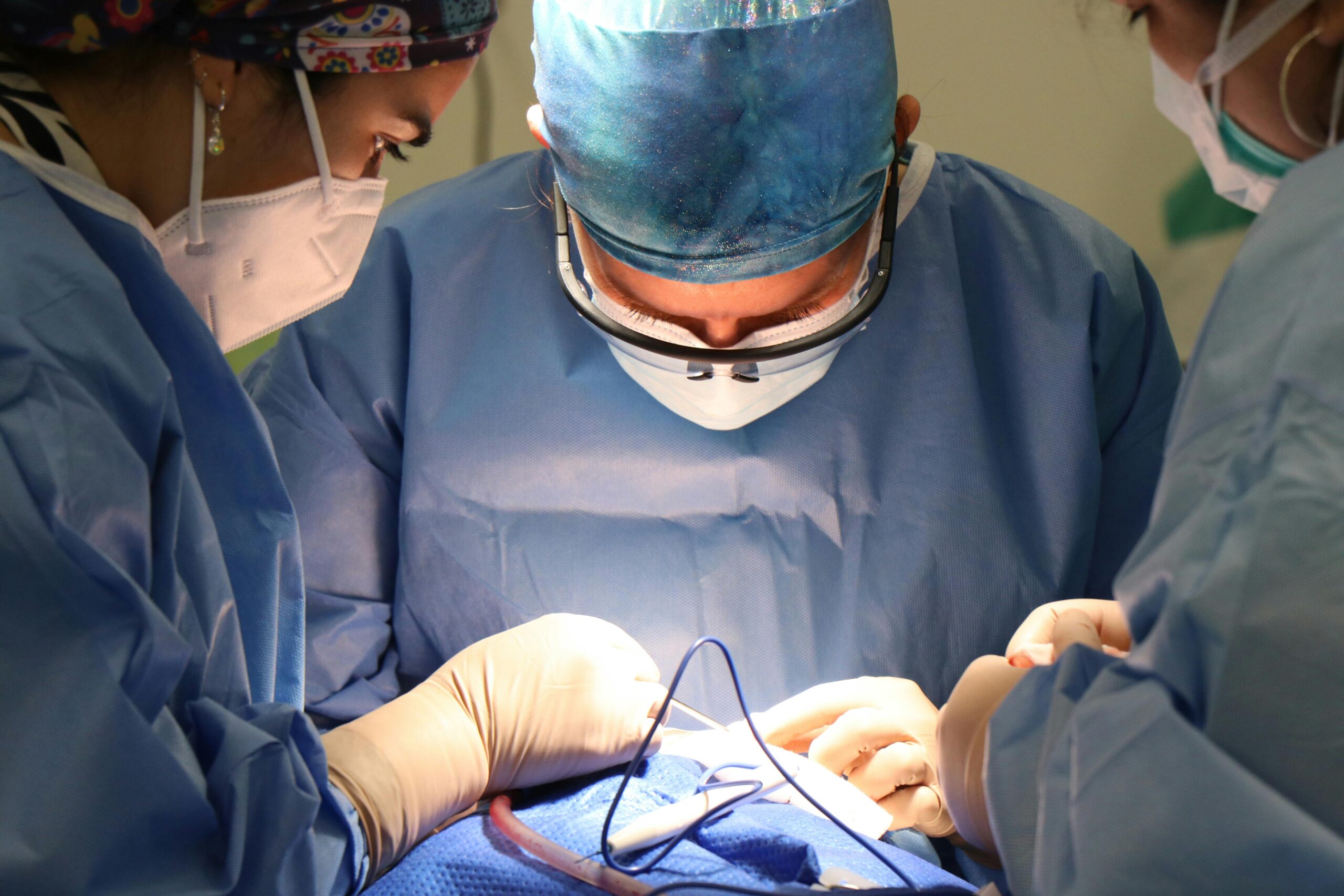Facial Reconstruction Surgery
Injuries to the face can result in fractures of the facial bones (jaws, nose, cheekbones, eye sockets). Fractures (broken bones) will result in pain, swelling, facial asymmetry, numbness, and loss of function.
A fracture of the jaw (mandible or maxilla) can result in the teeth not fitting together properly, difficulty opening and closing the mouth, and difficulty with eating. Fractures of the cheekbones or eye sockets can result in double vision.
Procedure of Facial Reconstruction Surgery
Facial bone fractures are often treated under a general anesthetic. Small titanium plates and screws are used to hold the bones back in their correct position. These plates and screws are placed on the bones via incisions in the mouth or carefully selected skin creases on the face. It will take the fractures up to three months to heal. For the first six weeks after the operation, your surgeon may instruct you to be on a no-chew, pureed diet. This is because if you chew too soon, the plates and screws may loosen resulting in the fracture not healing properly.
Downtime
The amount of downtime after reconstructive facial surgery varies depending on the severity of the original injury and the amount of surgery involved. Your surgeon will be able to advise you on how much time to take off work or school. It is also important to refrain from contact sports for three months after surgery.
Frequently Asked Questions
Oral and Maxillofacial Surgery is a medical and dental surgical speciality that deals with treating disorders and defects of the teeth, mouth, jaws, and face.
An Oral and Maxillofacial Surgeon is a specialist surgeon who has completed a dental and medical degree, in addition to at least six years of surgical training. Before being registered as a specialist with the Medical and Dental Boards of Australia, there is an extensive examination and assessment process, leading to the award of a surgical fellowship.



